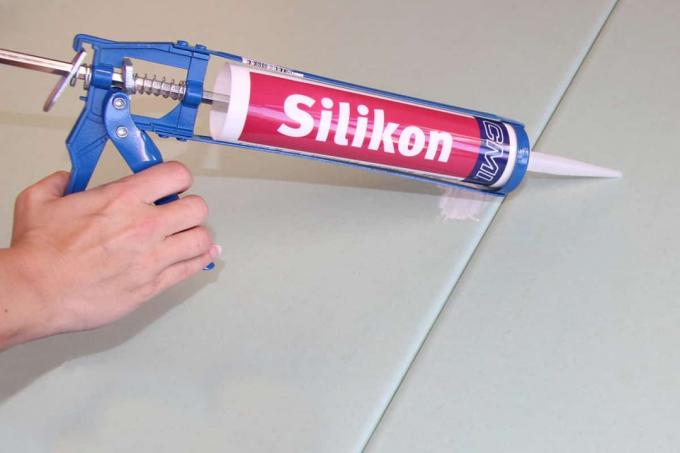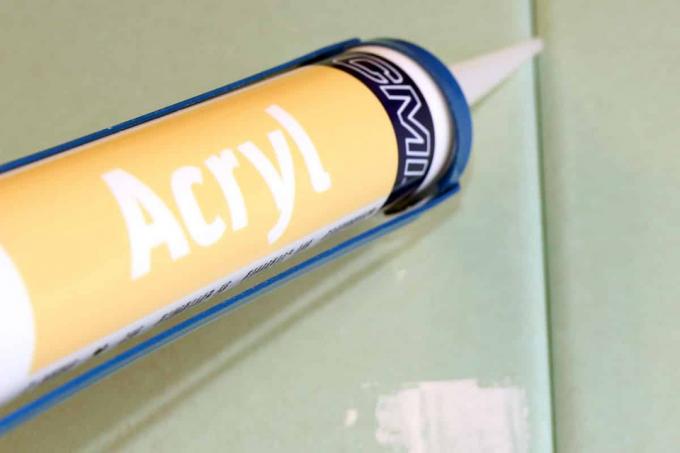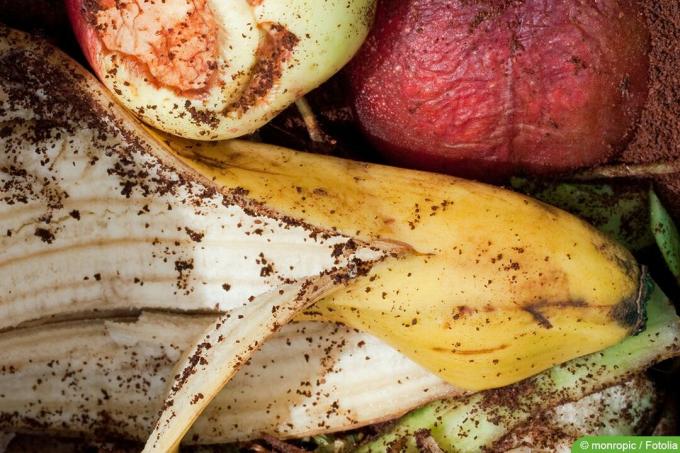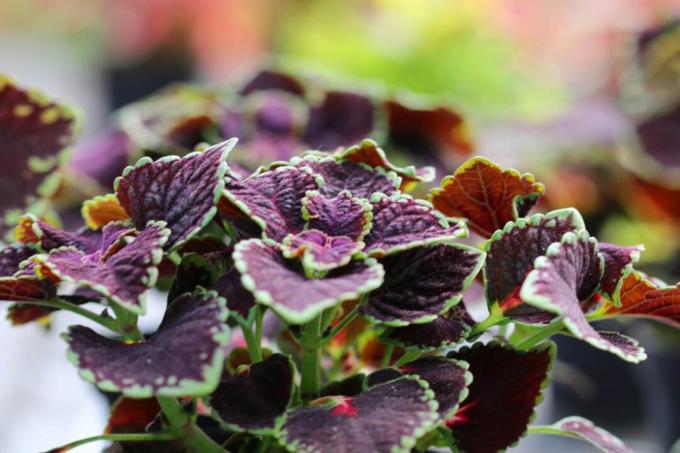

Table of contents
- sealants
- similarities and differences
- applications
- silicone
- Acrylic
Acrylic and silicone are among the most commonly used sealants. Although they have a lot in common, they differ in important respects. For this reason, there are also different possible uses.
sealants
Sealants are used by professionals and hobbyists for a variety of purposes. In general, this always involves work such as backfilling or sealing. This also applies explicitly to acrylic and silicone. Generally speaking, sealants can be used for the following tasks:
- Filling of joints of all kinds
- Filling holes and cracks
- Laminating and sealing of connection points
- Repairing and compensating for substrate defects
- Gluing of light parts
A notice:
Practically all sealants also have an adhesive function. However, this is much lower than, for example, with an assembly adhesive.
Acrylic and silicone masses are used in most cases when redeveloping and renovating premises. Typical areas of application are the bathroom, toilet and kitchen. They then take over those functions that were previously handled by putty. This also means that both masses can also be used when installing a window pane.
similarities and differences
Acrylic and silicone have roughly the same consistency before processing. This is in each case largely porous. However, silicone already resembles rubber in this state, while acrylic is more reminiscent of putty.
Tip:
If you are not quite sure which sealant you are dealing with, the smell test can help. Silicone gives off a slight smell of vinegar.
The two masses also do not differ much in terms of processing. Otherwise, however, there are huge differences, which then also lead to different possible uses. In contrast to acrylic, silicone is not water-soluble and therefore also waterproof. Silicone cannot be painted over and does not yellow. Acrylic, on the other hand, can be painted over, but it can also yellow. Silicone is also very stretchy and has a longer drying time. Acrylic, on the other hand, can hardly be stretched, but dries relatively quickly.
applications
As already indicated, the different properties of the two building materials result in different uses.
silicone

Because of its water permeability, silicone is always suitable when it comes to sealing something. This is often necessary in the kitchen and bathroom areas. Since the fabric is also relatively weatherproof, it can also be used outdoors with relative problems. Typically, silicone is used for the following work:
- Sealing sink, hob and worktop in the kitchen
- Sealing of shower, bathtub and sink in the bathroom
- Sealing joints that are exposed to large temperature fluctuations
Acrylic

Sealing compounds made of acrylic, on the other hand, are primarily suitable for dry applications. Typical fields of application are:
- Filling cracks in plaster or masonry
- Compensation of imperfections in the masonry or the ceiling
- Smoothing rough, uneven surfaces
 Home editorial office
Home editorial office
Learn more about construction chemicals from A-Z

Remove PU foam – 11 remedies against assembly foam
PU foam can be used in many different ways. The distance is all the more difficult. The cured foam is very stubborn and often leaves residue that you need to remove. You have various options for this.

Build bed borders made of wood yourself - instructions
Wood plays a very central role in garden design that is in touch with nature. What could be more obvious than to use this original material as a bed border. There are no limits to the imagination here. To ensure that the wooden border looks good and lasts a long time, there are a few rules to follow.

Dried banana peel as fertilizer | Application tips
Bananas are popular and healthy. The banana peel usually ends up in the trash. But it is far too good for that, because the dried shells are an excellent fertilizer for a variety of garden plants.

Gardening Tips for November - Gardening Calendar
In November it's time to make the garden, balcony and terrace winter-proof. Potted plants that are not hardy should now be cut back and put away. The last vegetables are harvested in the vegetable garden. And by the way, leaves are being swept diligently. What else should you think about? We summarize the most important things.
Agave neomexicana, hardy variety - planting and care
The Agave neomexicana is one of the hardy agave varieties and impresses with a dense and blue-green shimmering rosette. Due to its frost resistance, the succulent is not only suitable for keeping in tubs, but also for cultivation in the garden. The plant is not very demanding when it comes to care and can cope with various site conditions.

Coleus blumei: 21 tips for the red nettle
The colored nettle is a warmth-loving and easy-care foliage plant. The coloring of the leaves varies from monochromatic to variegated with a wide variety of drawings. Spectacular splashes of color can be set in beds, balcony boxes and tubs or as a houseplant.



